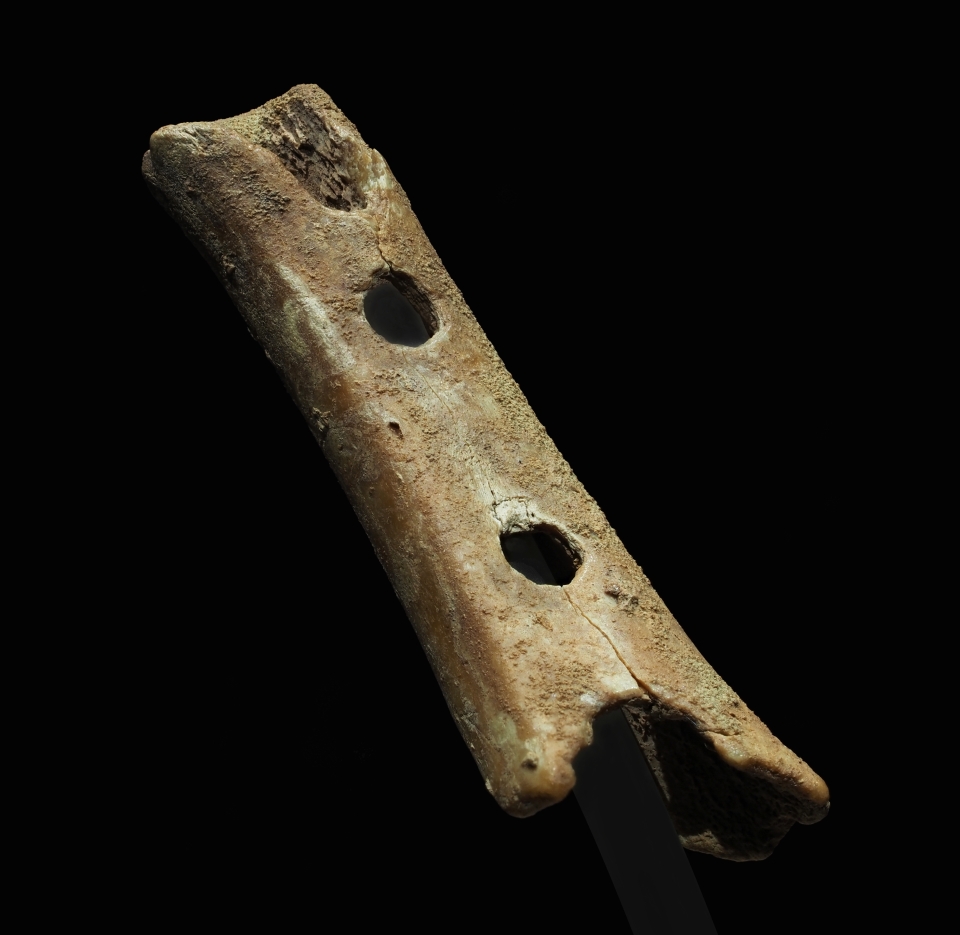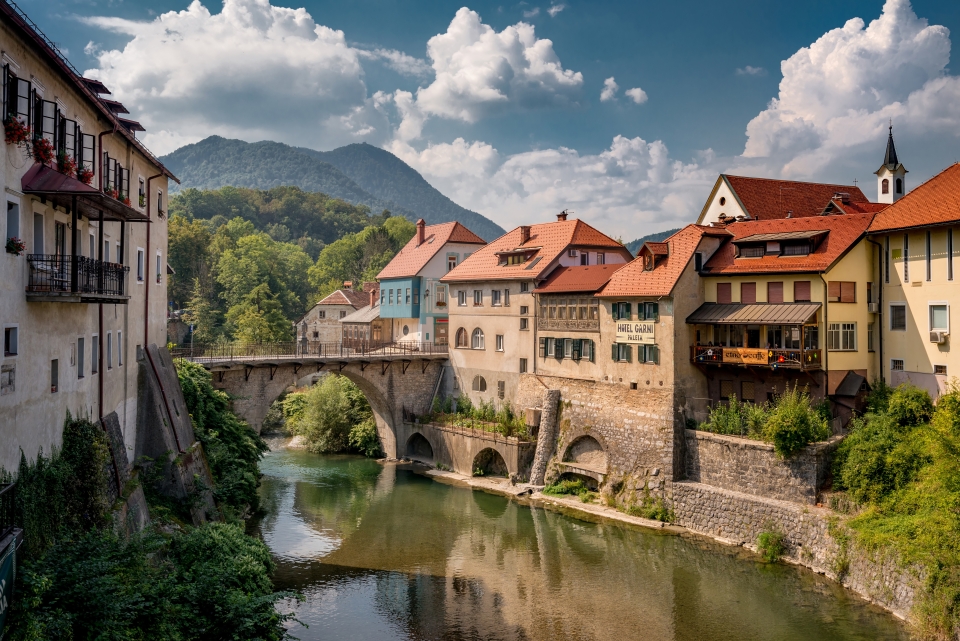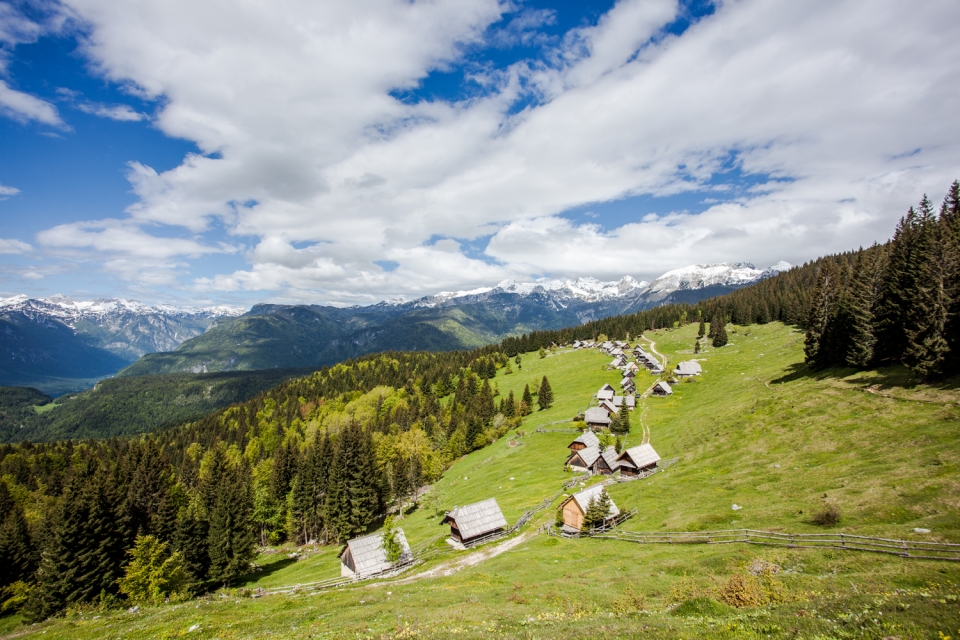To put it very simply, immovable cultural heritage is mainly houses. Buildings of all kinds that are special because of the time they were built, their purpose, their location and their historical role. And you would almost be right. But immovable cultural heritage also includes things that are not visible at first glance in a place. It cannot be taken to a museum and it cannot be stolen. But it can be damaged by both time and man, so it must be protected.
What is immovable cultural heritage? Experts distinguish:
1. ARCHAEOLOGICAL SITES
These are places in the landscape where archaeologists have found evidence of human activity, of life in the distant past. We don't usually see them because they are underground or even underwater. One of the most famous archaeological sites is the Divje Babe site, where the world's oldest musical instrument - the Neanderthal flute - was found. The objects found by archaeologists are taken into custody by museums and become movable cultural heritage.
2. SACRAL OR SACRED ARCHITECTURAL HERITAGE
These are buildings used for religious ceremonies. They are distinguished from other buildings at first sight: churches, chapels, shrines and crucifixes. One example of sacral heritage in Slovenia and the Triglav National Park is the Church of St John Baptist at Lake Bohinj. The area around the church is also an archaeological site.

Source: Petar Milošević, Wikipedia
3. PROFANE OR SECULAR ARCHITECTURAL HERITAGE
This includes buildings used by people for various purposes: homesteads, sawmills, blacksmith shops, mills, bridges, wayside shrines, agricultural buildings, manors, fortresses, villas, hotels, parish houses, etc. A very diverse collection of different buildings. A fine example from the Kozjansko Park is the Podsreda Castle. Among the monuments of secular immovable heritage are also buildings and facilities of technical heritage: cable cars, old factory buildings, and workshops. One such example is the blacksmith's forge in Kropa.
4. MEMORIAL OBJECTS AND SITES
These are places of remembrance and tribute to a person or event: homes of important personalities, monuments, memorials and plaques marking the time of the two World Wars, military cemeteries or gravesites, memorials and plaques to various personalities. An example of such a memorial site is the birthplace of France Prešeren in Vrba.
5. PARKS AND GARDENS
Particularly beautifully designed gardens and parks are also part of the cultural heritage. They are man-made, although they are also part of (designed) nature. Parks and gardens are often located within the grounds of a castle, villa or larger estate. One such park is the spa park in Rogaška Slatina.
6. SETTLEMENTS AND THEIR PARTS
Sometimes a whole village, town or part of a town is so special that cultural heritage is not just about individual houses, but about a whole village or part of a town. A good example is the old part of the town of Škofja Loka.
7. CULTURAL LANDSCAPE
If it weren't for humans, forests would grow everywhere in Slovenia. Except, of course, where there are rivers, lakes or wetlands! Man has significantly transformed the natural landscape. In some places it has become a distinctive and important part of local or even national identity. If you go to the mountains above Bohinj, then you can admire the cultural landscape of the mountains.

Source: Bernd Thaller, Wikipedija

Thank you.

